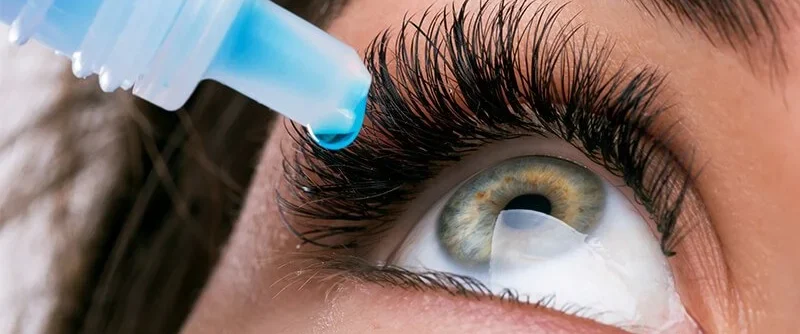How To Adjust To New Glasses

Eye doctors typically pride themselves on being able to improve someone’s vision through either glasses or contact lens prescriptions. Whether you’re a first time glasses wearer, or you need a change to your prescription, our goal is to reach 20/20 vision.
Despite our best efforts, however, correcting vision to 20/20 is not always a positive outcome. Whether someone will be able to tolerate their new prescription is based on something called neuroplasticity, which is what allows our brains to adapt to changes in our vision.
You may have had this happen: your vision is blurry, so you go to the eye doctor. The doctor improves the vision, but when you get your new glasses, things seem “off.” You may feel your new prescription is too strong, or you feel dizzy or faint. This is especially true with older patients who have had large changes in prescription, since it’s harder to adapt to changes in our body as we get older. It is also more likely to happen if you have a change in your astigmatism correction, or you switch from single vision to progressive lenses.
How do I get used to my new glasses?
Quite often, simply giving the brain enough time to adapt to the change in vision will help. Try wearing your glasses full time for at least one week. If that isn’t enough, your prescription may need to be adjusted.
Even if you see 20/20 on the eye chart with your new glasses, if they are uncomfortable in them you won’t be happy. We sometimes have to make a compromise and move away from that 20/20 goal so that there’s less of a change and you can adapt more easily.
Adapting to a new prescription can sometimes be frustrating. It doesn’t mean there is anything wrong with you if you have difficulty adjusting to large changes in a glasses prescription. With a little patience and understanding about how your brain adapts to these kinds of changes, your chance of success will be that much higher.


